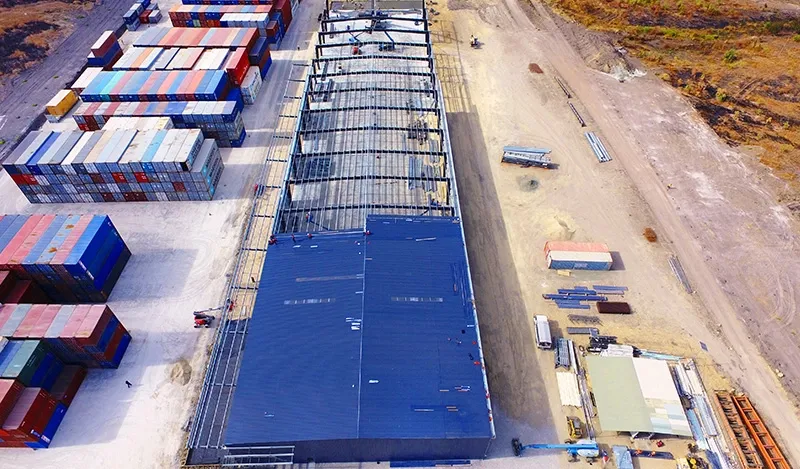- Afrikaans
- Albanian
- Amharic
- Arabic
- Armenian
- Azerbaijani
- Basque
- Belarusian
- Bengali
- Bosnian
- Bulgarian
- Catalan
- Cebuano
- Corsican
- Croatian
- Czech
- Danish
- Dutch
- English
- Esperanto
- Estonian
- Finnish
- French
- Frisian
- Galician
- Georgian
- German
- Greek
- Gujarati
- Haitian Creole
- hausa
- hawaiian
- Hebrew
- Hindi
- Miao
- Hungarian
- Icelandic
- igbo
- Indonesian
- irish
- Italian
- Japanese
- Javanese
- Kannada
- kazakh
- Khmer
- Rwandese
- Korean
- Kurdish
- Kyrgyz
- Lao
- Latin
- Latvian
- Lithuanian
- Luxembourgish
- Macedonian
- Malgashi
- Malay
- Malayalam
- Maltese
- Maori
- Marathi
- Mongolian
- Myanmar
- Nepali
- Norwegian
- Norwegian
- Occitan
- Pashto
- Persian
- Polish
- Portuguese
- Punjabi
- Romanian
- Russian
- Samoan
- Scottish Gaelic
- Serbian
- Sesotho
- Shona
- Sindhi
- Sinhala
- Slovak
- Slovenian
- Somali
- Spanish
- Sundanese
- Swahili
- Swedish
- Tagalog
- Tajik
- Tamil
- Tatar
- Telugu
- Thai
- Turkish
- Turkmen
- Ukrainian
- Urdu
- Uighur
- Uzbek
- Vietnamese
- Welsh
- Bantu
- Yiddish
- Yoruba
- Zulu
Nov . 29, 2024 18:48 Back to list
The Importance of Structure Warehouses in Modern Logistics
In the rapidly evolving world of logistics and supply chain management, the concept of structure warehouses has emerged as a pivotal element in ensuring efficiency, adaptability, and functionality. A structure warehouse is not merely a storage space; it is a well-thought-out system designed to optimize the organization, retrieval, and distribution of goods.
Defining Structure Warehouses
At its core, a structure warehouse is designed with specific parameters that cater to the unique requirements of goods storage and distribution. Unlike traditional warehouses, which might offer a more generalized approach, structure warehouses utilize advanced design principles to maximize space efficiency and workflow. This includes the strategic arrangement of shelving, the implementation of automated storage and retrieval systems (AS/RS), and the integration of real-time inventory management technologies.
Key Advantages
One of the primary advantages of structure warehouses is their ability to enhance operational efficiency. By optimizing the layout and flow of goods, these warehouses minimize the time and effort required for picking, packing, and shipping orders. This is particularly vital in sectors where speed is of essence, such as e-commerce and perishables logistics.
Additionally, structure warehouses improve inventory accuracy. Implementing automated systems and sophisticated software solutions allows for real-time tracking of stock levels. This reduces the likelihood of miscounts and stockouts, ensuring that businesses can respond rapidly to customer demand.
structure warehouse

Moreover, structure warehouses contribute to better space utilization. With the ability to customize shelving and storage solutions, businesses can fully leverage available space, leading to cost savings and improved throughput. This flexibility allows logistics companies to adapt quickly to changing market conditions without the need for significant investments in new facilities.
Technology Integration
The role of technology cannot be understated in the context of structure warehouses. The incorporation of Internet of Things (IoT) devices, artificial intelligence, and data analytics has revolutionized warehouse management. Smart sensors can monitor environmental conditions, automating climate controls for sensitive products. Advanced algorithms analyze data to forecast demand and optimize stock levels, ensuring that the right products are available at the right time.
Sustainability Considerations
Furthermore, structure warehouses are increasingly being designed with sustainability in mind. Eco-friendly materials, energy-efficient lighting, and optimized logistics routes all contribute to reduced carbon footprints. By implementing green practices, companies not only meet regulatory requirements but also appeal to environmentally conscious consumers.
Conclusion
In conclusion, structure warehouses are integral to the modern logistics landscape. Their ability to enhance efficiency, accuracy, and space utilization, combined with technological advancements and sustainability practices, positions them as a critical component in supply chain management. As businesses continue to navigate the complexities of global trade and consumer demands, investing in well-structured warehouse solutions is not just a strategic choice; it is a necessity for long-term success in the dynamic world of logistics. The future of supply chain efficiency will undoubtedly revolve around the capabilities and innovations of structure warehouses.
-
How Do Prefabricated Steel Structures Transform Modern Construction?
NewsJul.14,2025
-
How Do Prefabricated Metal Buildings Redefine Modern Construction?
NewsJul.14,2025
-
How Do Prefab Insulated Metal Buildings and Steel Structures Revolutionize Modern Construction?
NewsJul.14,2025
-
How Do Pre - Engineered Steel Structures Redefine Modern Construction?
NewsJul.14,2025
-
Advancing Modular Construction with Prefabricated Metal Structures
NewsJul.14,2025
-
Advancing Industrial Infrastructure with Prefabricated Steel Solutions
NewsJul.14,2025
Products categories
Our Latest News
We have a professional design team and an excellent production and construction team.












